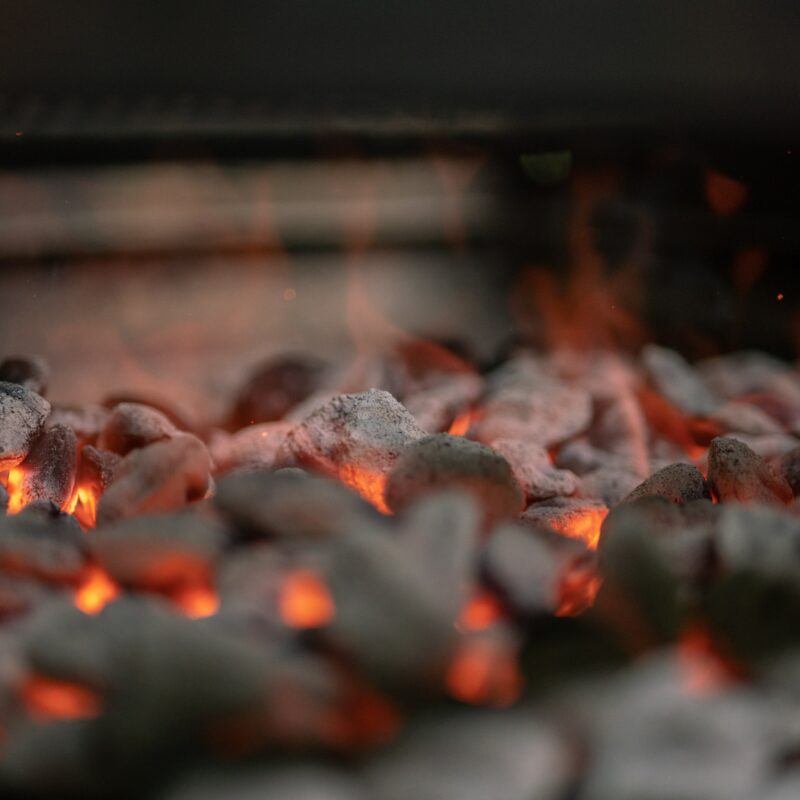Recenti studi hanno dimostrato come l’inserimento di alcuni materiali sintetici, per le loro azione meccanica in particolare alcuni poliammidi, si sono dimostrati capaci di attivare la rigenerazione cellulare per cui vengono utilizzati nelle ferite croniche per la loro alta biocompatibilità, capacità biomimetica e biodegradabilità, vengono applicati come veicolanti di farmaci e supporto di tecniche rigenerative.
Esistono vari tipi di poliammide, tra tutte quelle che esistono, quelle che trovano maggiore utilizzo in campo medico, solo le poliammidi 6 (PA6 o policaproammide o nylon 6) e 6,6 (PA66). In recenti studi sono stati evidenziati efficaci utilizzi in medicina Rigenerativa, ecco una breve descrizione degli utilizzi della poliammide in Medicina Rigenerativa:
Polyamide is used in regenerative medicine, particularly in tissue engineering and biomedical applications. Polyamides, such as nylon and other biocompatible variants, offer several advantages, including high mechanical strength, flexibility, and slow reabsorption in vivo .
Applications in Regenerative Medicine:
- Scaffolds for Tissue Engineering: Polyamide-based scaffolds are used to support cell growth and tissue regeneration. They provide structural support and can be modified to enhance biocompatibility and cell adhesion.
- Nerve Regeneration: Some polyamide materials are used in nerve guidance conduits to aid in peripheral nerve repair by providing a framework for nerve cell migration.
- Bone and Cartilage Regeneration: Polyamide-based composites are investigated for bone grafts and cartilage repair due to their durability and ability to integrate with natural tissues.
- Wound Healing: Polyamide nanofibers are used in wound dressings to promote healing by maintaining a moist environment and preventing infections.
- Drug Delivery Systems: Polyamide nanostructures can be engineered for controlled drug release, which is useful in regenerative therapies.
Although polyamide itself is not inherently bioactive, it can be functionalized with bioactive molecules, coatings, or composites to enhance its performance in regenerative medicine.
Polyamide/PEG Blends as Biocompatible Biomaterials for the Convenient Regulation of Cell Adhesion and Growth
Winnacker M.
In addition to their established usage in textiles, commodities, and automotives, classical polyamides (nylons) are recently becoming increasingly interesting for applications in (bio)medicine. This fact relies on many prosperous properties of these polymers, which are toughness, resistance, biocompatibility, low immunogenicity, tunable biodegradability, and their similarity to natural peptides (amide bonds). Some nylon‐based medical products do already exist for wound treatment applications, implants, and biomolecule‐interacting membranes, but the systematic use of these polymers for tissue engineering is—although desired—still to be accomplished. Inspired by this, the suitability of nylon 6 and of a related biobased and more hydrophobic terpene‐derived polyamide as surfaces for the controlled interaction with HaCat cells (human keratinocytes) are investigated herein with regard to possible applications for regenerative skin replacement. The nylons are applied as neat polymers and as hydrophilized blends/composites with polyethylene glycol and confirm their excellent suitability as biomaterials. Polyamides (nylons), which have been used for textiles, commodities, and automotives for decades, are also becoming increasingly interesting for medical applications. Herein, novel blends consisting of a polyamide (nylon 6 or a biobased, terpene‐based polyamide) and polyethylene glycol (and a corresponding copolymer), as well as their interactions with human keratinocytes, are described. This approach is very promising with regard to skin tissue engineering.
Polyamide derived from terpenes: advances in their synthesis, characterization and applications. Winnacker M.
Polyamides are very important polymers, with applications from commodities up to high-performance materials for, for example, fibers or for the biomedical sector. Nowadays, still most of them are synthesized from fossil resources. With regards to sustainability and bioeconomy, and especially regarding the new structures and properties that can thus be achieved, the preparation of polyamides (PAs) from natural precursors is getting more and more important.
Similar approaches are interesting from a scientific point of view regarding, for example, structure-function-relations, but also with regards to different applications as, for example, high-performance or biomedical materials.
Practical applications: Terpene-based polyamides can find many applications, from commodities up to high-performance fibers and special materials in (bio)medicine, for example, drug delivery, tissue engineering, etc.
Biobased polyamides: academic and industrial aspects for their development and applications Ullrich M.
Polyamides are very important polymers for a wide range of applications. In the context of Green Chemistry and the development of sustainable polymers from renewable resources, many polyamides have meanwhile been developed that are derived from natural building blocks. In addition to sustainability, biobased polyamides can have special structures and properties that cannot be obtained so easily via fossil-based pathways. This article gives an overview over the recent developments in this field and elucidates the potential of these polymers for different applications
Insight into Mechanobiology: How Stem Cells Feel Mechanical Forces and Orchestrate Biological Functions.
Argentati C.
Mechanosensing
All organisms have evolved structures, enabling them to recognize and respond to mechanical forces. This cross-talk takes place at the macroscale level (e.g., in organs and tissues), at the microscale level(e.g., in single cells), and also at the nanoscale level(e.g., inmolecular complexes or single proteins). At present, we know that the different types of forces orchestrate the control of all biological functions, including stem cells’ commitment, determination, development, and maintenance of cells and tissues homeostasis.
Notably, between ECM and stem cells exists a dynamic cross-talk, as stem cells may change the ECM composition and remodel the architecture either by the secretion of ECM structural components and matrix metalloproteinases, or by exerting mechanical forces through the cytoskeleton f ibers. The challenge is to create a suitable cell microenvironment that generates mechanosensing/ mechanotransduction signals and guide stem cells’ functions.
The rationale of the use of biomaterials as stem cells support is based on the cross-talk taking place between them. Stem cells act on biomaterials releasing ECM proteins and bioactive molecules and exert forces through the cytoskeletal components to recreate their niche. Conversely, biomaterials act on stem cells through their intrinsic chemical-physical properties, which activate mechanosensing/mechano- transduction signalling and thereby modulate the stem cells fate. Different types of natural (e.g., collagen, fibrin, silk) and synthetic (e.g., polylactic acid, polyamide, polyesters, polyanhydrides, polyurethane) polymers have been manipulated to fabricate biocompatible films (two-dimensional) or scaffolds (three-dimensional) with tuneable properties to guide stem cells fate.
Mechanical cues activated by the ECM and translated to the cell through mechanosensing/mechano- transduction signals represent a general scheme by which cells, tissues, organs, and whole organisms respond to external mechanical stimuli orchestrating their biologic activity.
Advances in the use of biomaterials as support for in vitro stem cells cultures to generate ex-vivo models of tissues and organs, together with computational systems, have highlighted the potentials of mechanobiology as a new therapeutic tool to be investigated for RM applications.
Tissue engineering scaffold material of porous nanohydroxyapatite/polyamide 66
Qian Xu
Polyamide (PA) has good biocompatibility with human tissue, probably due to its similarity to collagen protein in chemical structure. It has been widely used in the biomaterials application of surgical sutures for
nearly half a century. Especially important, PA also exhibits excellent mechanical properties.
Composite scaffolds of mesoporous bioactive glass and polyamide for bone repair.
Jiacan Su
Polyamide (PA), a polymer with excellent biocompatibility, has been used to fill bone defects and to create porous scaffolds for bone tissue engineering.

